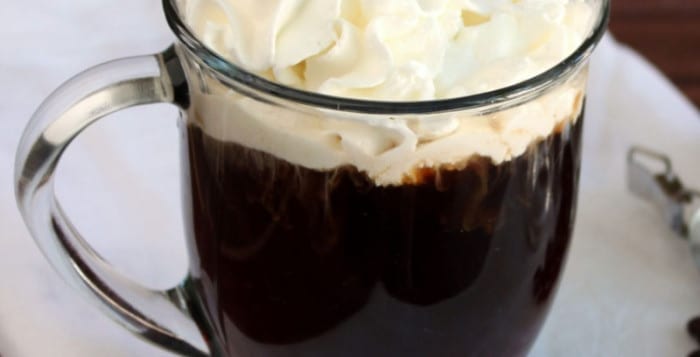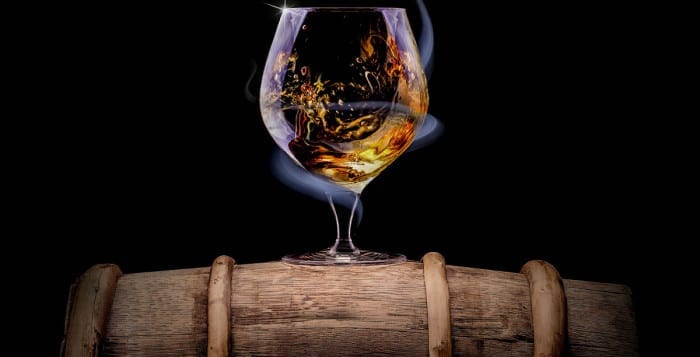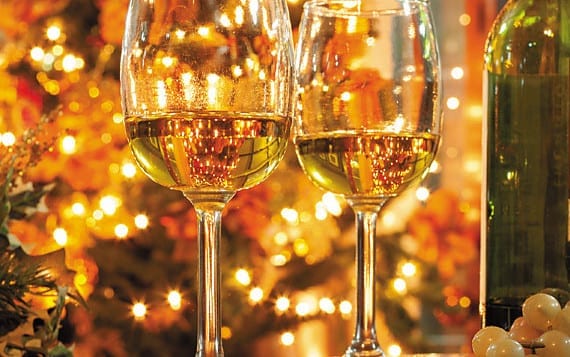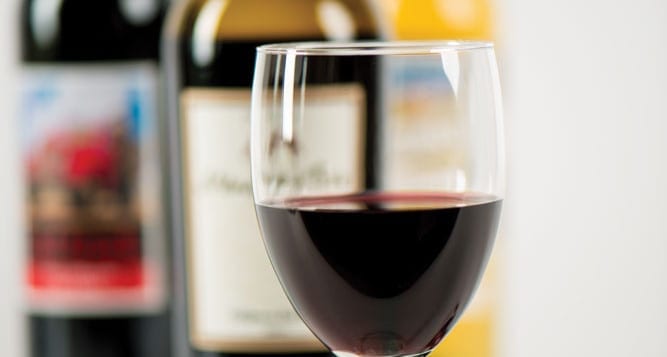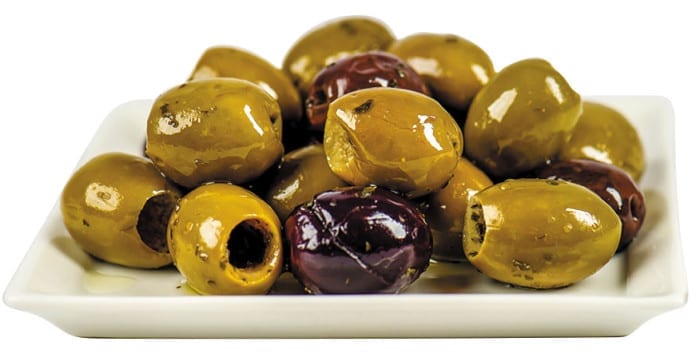By Bob Lipinski
What would March 17, St. Patrick’s Day, be without a couple of whiskey-laced Irish coffees?
“The mistress of the house should always be certain that the coffee be excellent; the master that his liquors be of the first quality.” — Jean Anthelme Brillat-Savarin, 1755–1826, French politician and writer
Like many other drinks whose origins are clouded in mystery, Joe Sheridan (1909–1962) introduced Irish coffee in 1942. He was the head chef of a catering company at the Flying Boat terminal located at Foynes Field (now Shannon Airport) in Limerick from 1938 to 1945. Joe wanted to provide passengers a suitable drink after hours of cold planes and bumpy flights. Flight attendants would ease the pain by adding a shot of whiskey to hot coffee. The whiskey became Irish when the flights arrived or departed from Shannon Airport in Ireland.
Irish coffee
Ingredients: 1 teaspoon brown sugar; 1 1/2 ounces Irish whiskey; 3 to 4 ounces strong coffee (not espresso); heaping tablespoon of whipped heavy cream
Directions: To make an Irish coffee, first fill a 6-ounce stemmed glass with very hot water to preheat and then empty. Place the brown sugar into the bottom of the glass and then add the Irish whiskey. Put a spoon into the glass and then pour in the hot coffee and fill three quarters and stir. The purpose of the spoon is to absorb the heat so the glass does not break. Then stir gently and add a heaping tablespoon of freshly whipped heavy cream, not one of the dairy creamers or premixed cream from an aerosol can. Serve without stirring.
Irish Coffee Story — Buena Vista Hotel in San Francisco, CA
The Buena Vista Hotel in San Francisco (or the BV as locals call it) is the birthplace of Irish coffee in America and continues to be frequented by tourists and locals, all enjoying their Irish coffee. According to its website…
“The historic venture started on the night of November 10, in 1952, Jack Koeppler, then-owner of the Buena Vista, challenged international travel-writer Stanton Delaplane to help re-create a highly touted ‘Irish Coffee’ served at Shannon Airport in Ireland.
Intrigued, Stan accepted Jack’s invitation, and the pair began to experiment immediately. Throughout the night, the two of them stirred and sipped judiciously and eventually acknowledged two recurring problems. The taste was ‘not quite right’ and the cream would not float. Stan’s hopes sank like the cream, but Jack was undaunted. The restaurateur pursued the elusive elixir with religious fervor, even making a pilgrimage overseas to Shannon Airport.”
In the 50 years since it was introduced, the Buena Vista has served more than 30 million Irish coffees! On a good day, the Buena Vista serves about 2,000 Irish coffees. It is the largest single consumer of Irish whiskey in the United States. The Buena Vista and its coffee has been a trivia question on “Jeopardy!”
Bob Lipinski, a local author, has written 10 books, including “101: Everything You Need to Know About Vodka, Gin, Rum & Tequila” and “Italian Wine & Cheese Made Simple” (available on Amazon.com). He conducts training seminars on wine, spirits and food and is available for speaking engagements. He can be reached at www.boblipinski.com or boblipinski2009[at]hotmail[dot]com.

